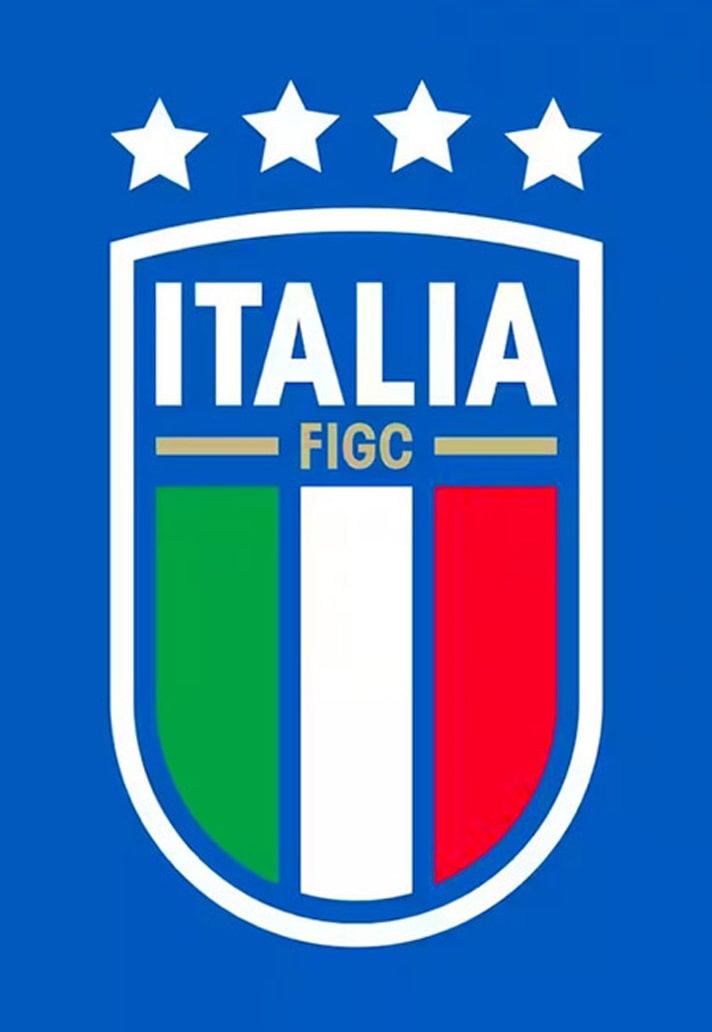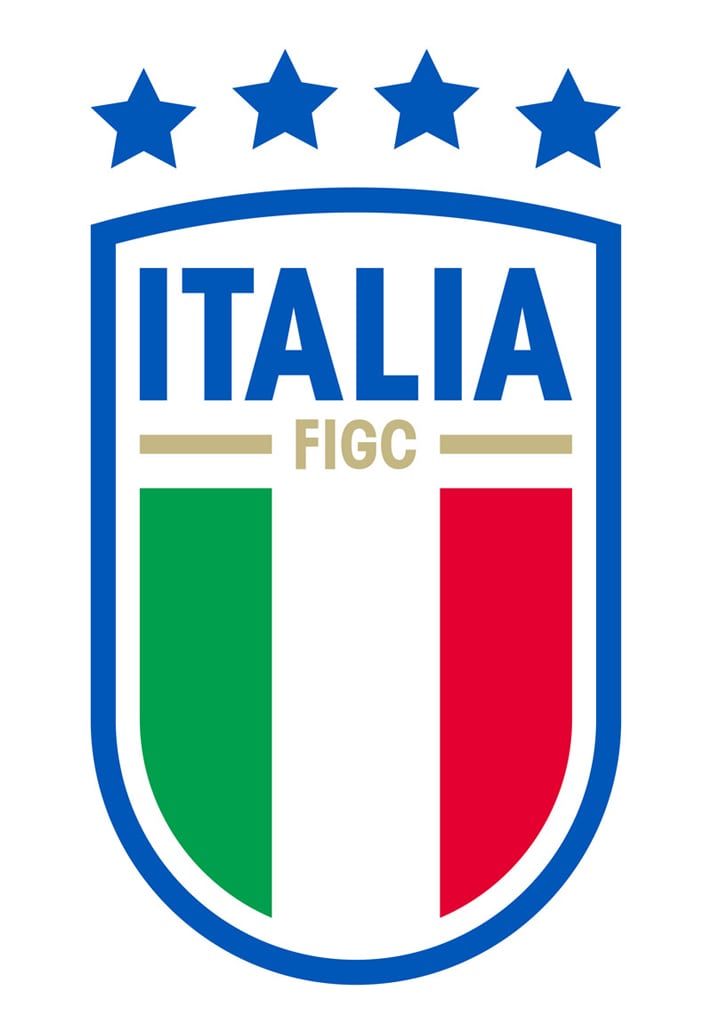Following the highs of winning Euro 2020, Italy were quickly brought back down to Earth with a bump as they failed to qualify for the 2022 World Cup. It was a huge blow for a nation that prides itself on its performances, and yet it was the latest in a line of disappointments, but it also signalled a time for change.
Italy are one of the most successful national teams in world football, with four World Cup wins and two European Championship wins to their name. But the triumph in 2020 was bookended by failure to qualify for both the 2018 and 2022 World Cups, something that would’ve been dismissed as farcical had you suggested it following the World Cup win in 2006 and runner up finish at Euro 2012.

But on 24 March 2022, Italy lost 1-0 in the semi-final of the play-offs against North Macedonia, a result that meant that they failed to qualify for a second consecutive World Cup for the first time in the nation's history; four years earlier, it was a playoff loss at home to Sweden that kept the Azzurri from the 2018 World Cup in Russia. And let’s not forget that at both the 2010 and 2014 World Cups, Italy were eliminated in the group stage – hardly sterling representations of a nation considered to be footballing royalty. With all that in mind, their Euro 2020 triumph can’t realistically be viewed as anything other than a beautiful anomaly, not quite on a par with Leicester City’s Premier League win, but certainly in the same nature.

These issues are not just down to the national team though – Italian football has been struggling for some time. Until Roma’s win in the inaugural edition of the third-tier Europa Conference League last season, no Italian team had won a major European triumph since Inter lifted the Champions League in 2010. Failures to renovate and build new stadiums, match-fixing scandals and poor financial decisions have all contributed to the demise of the Italian league — and this has obviously had an impact on the Azzurri.

However, amidst all the seeming doom and gloom surrounding the Italian game, football doesn’t stop. Italy qualified for the Nations League final four in June with Croatia, Spain and the Netherlands, while the qualifying campaign for Euro 2024 is set to begin in March. Roberto Mancini has remained in charge despite missing out on the World Cup, and he’ll be looking to rebuild.
A confirmed plan to bid to be host city for Euro 2032 has sparked hope of the chance to modernise the nation’s ailing stadiums, some of which have not been updated since the 1990 World Cup, the last major football tournament hosted by Italy alone.
So with an eye on the future and a fresh beginning of sorts, the Italian Football Federation (FIGC) have gone about refreshing the national team’s visual identity.
The rebranding has come on two fronts. First is the new crest, created by Independent Ideas, the creative agency of Publicis Groupe, which oversaw the rebranding of the FIGC that began with the creation of the institutional logo in October 2021. Although the changes don’t seem huge, it’s a modernised and streamlined approach more fitting for the social media age that still celebrates a symbol of the country, being an expression of the feelings and passion of all Italian fans. Like the majority of rebrands, it will likely be met with skepticism and kickback, but if it’s the symbol of better times ahead on the pitch, it will soon be embraced.


As it is, it’s at least emblematic of a new era, and its introduction coincides with a new technical partnership with adidas, who took the reins from PUMA after a 17 year stint. The new crest will therefore debut on the highly anticipated new kits, which are expected to drop in the very near future. And there’s number two.

17 years is a long time, and PUMA have had their highs and lows in that period (ranging from the early entries which gained cult status not least because they won the World Cup in them in 2006, to the absolutely sublime renaissance-inspired set from 2019-2022) but every end heralds another beginning. While it’s not the first time that Italy and adidas have partnered (the German brand produced kits for a four-year span from 1974 to 1978) it will be the first with any of the recognisable Three Stripe branding, given that the last period predated the current kit presentation that we’re used to in modern day, so there was no sign of any logo whatsoever. That means that it does feel like a first, and adidas will no doubt be keen to be a part of this soft reboot together with the new crest, giving a tangible as well as visual representation of the fresh start that Italians will be desperate for.
New year, new technical partner, new look Italy. Mancini can call on on a core of young players like goalkeeper Gianluigi Donnarumma and forwards Zaniolo, Federico Chiesa, Giacomo Raspadori and Gianluca Scamacca to turn things around and ensure that the fresh visual identity is more than just an image upgrade.
Expect the new Italy home and away kits to be officially revealed any day now...





















